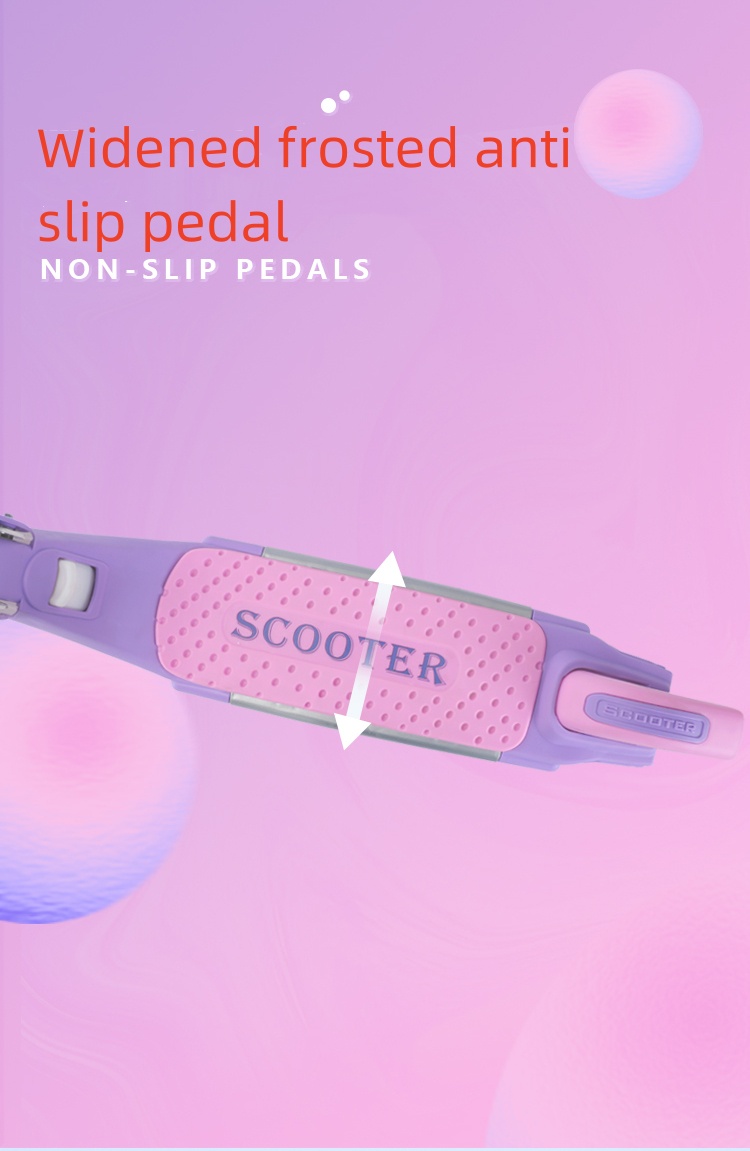Nov . 10, 2024 12:09 Back to list
Understanding Brake Drum Shoe Components and Their Importance in Vehicle Safety
Understanding Brake Drum Shoes Their Importance and Function
Brake drum shoes are an integral component of drum brake systems, commonly used in various vehicles, especially in older models and some heavy-duty trucks. They play a critical role in ensuring effective braking performance, enhancing safety, and promoting vehicle control during operation. To appreciate their significance, it is essential to explore the structure, function, types, and maintenance of brake drum shoes.
Structure and Function
Brake drum shoes are typically made from a metal backing plate covered with a friction material. This friction material is designed to withstand high temperatures and pressures generated during braking. When the brake pedal is pressed, hydraulic pressure is applied to the wheel cylinders, pushing the brake shoes outward against the inner surface of the brake drum. The friction generated between the shoes and the drum slows down the vehicle, ultimately bringing it to a stop.
One primary advantage of drum brakes, as compared to disc brakes, is that they provide a larger surface area for braking, which can be crucial in heavy-duty applications. The enclosed design of drum brakes also protects the components from dirt and debris, potentially leading to prolonged maintenance intervals.
Types of Brake Drum Shoes
There are mainly two types of brake drum shoes 1. Standard Shoes These are the most commonly used type in everyday vehicles. They provide adequate braking force for typical driving conditions and are often made from semi-metallic or organic friction materials.
2. Heavy-Duty Shoes Found in trucks and other heavy vehicles, these shoes are designed to handle greater forces and higher temperatures. Heavy-duty shoes generally possess a more robust friction material, extending their lifespan and effectiveness under strenuous conditions.
brake drum shoe

Maintenance and Replacement
Regular maintenance of brake drum shoes is essential for ensuring optimal braking performance. The friction material on brake shoes wears down over time due to friction against the drum. Drivers should pay attention to signs such as squeaking, grinding noises, or a decreased ability to stop, which may indicate wear.
Most manufacturers recommend inspecting the brake components, including drum shoes, at least once a year, or whenever a vehicle's braking system is serviced. Replacement of brake shoes typically occurs every 30,000 to 50,000 miles, but this can vary significantly based on driving habits, vehicle type, and operating conditions.
Selecting the Right Brake Shoes
Choosing the correct brake drum shoes for your vehicle is crucial. It’s important to consult the vehicle’s manual or a qualified mechanic to find the appropriate type based on your vehicle’s make and model. Factors to consider include the weight of the vehicle, driving conditions (such as frequent stop-and-go traffic or highway driving), and whether heavy loads are often transported.
Conclusion
In summary, brake drum shoes are essential components of a vehicle's braking system, offering significant advantages in terms of braking efficiency and safety. Understanding their structure, function, types, and maintenance requirements allows drivers to make informed decisions regarding their vehicle's braking system. Regular inspections and timely replacements not only ensure effective braking performance but also enhance overall driving safety. As vehicles become more sophisticated, keeping abreast of maintenance necessities, including those related to brake drum shoes, remains vital to ensure the reliability and longevity of the braking system. Thus, for all vehicle owners, prioritizing brake maintenance can lead to safer and smoother rides on the road.
-
HINO Industrial Efficiency-Jiangsu Hino Industrial|Productivity Optimization&Cost Reduction
NewsJul.12,2025
-
HINO-¡Ң���ຽ��е��������˾|Advanced Industrial Solutions&Energy Efficiency
NewsJul.12,2025
-
Premium Brake Drum Iveco – Durable Drum Brake Drum & Brake Shoe Solutions
NewsJul.08,2025
-
High-Performance Brake Drum Liza for Enhanced Safety Reliable Drum Brake Drum & Brake Shoe Solutions
NewsJul.08,2025
-
High-Quality Brake Drum MAZ – Durable Drum Brake Drum & Brake Drum and Brake Shoe for Optimal Performance
NewsJul.07,2025
-
High-Quality Brake Drum Kamaz for Reliable Performance Durable Drum Brake Drum & Brake Shoes
NewsJul.07,2025
